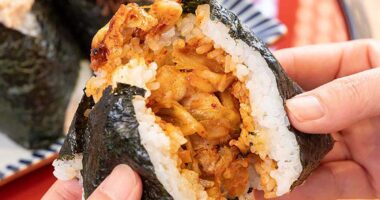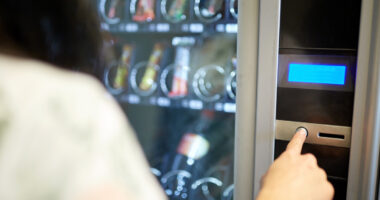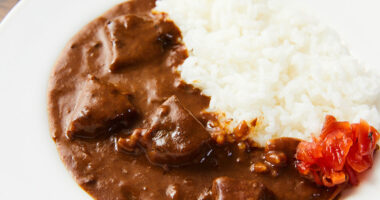If you’re traveling through Japan, especially on a longer trip or with a light suitcase, finding a reliable way to do laundry quickly becomes essential. While many hotels offer laundry services, they’re often expensive. Fortunately, Japan’s laundromats—known as koin randorī (coin laundry) or randorī supēsu (laundry space)—are ubiquitous, clean, and surprisingly high-tech. The machines may look intimidating at first, particularly considering language barriers, but this guide will walk you through the process step by step so you can handle your laundry like a local.
Why you might need a coin laundry in Japan
Even if your hotel offers laundry service, there are plenty of reasons to seek out a coin laundry while traveling:
- Cost savings:
Getting your laundry done in a hotel can be pricey, but coin laundries are much cheaper, especially if you’re doing larger loads or washing frequently. - Packing light:
You don’t need to bring a week’s worth of clothes. With coin laundries everywhere, it’s easy to wash as you go. - Self-service convenience:
Most coin laundries are open 24 hours, so you can wash clothes whenever it suits you, even in the middle of the night. - High-quality machines:
Many laundries have high-tech washers with hot water settings and powerful dryers that are gentle on clothes.
What to expect: machines, detergent, and costs
Machine types
- Sentakuki (washing machine, 洗濯機):
Available in various sizes, from everyday loads to large industrial machines built for duvets or a week’s worth of laundry. - Kansōki (dryer, 乾燥機):
Usually stacked, these dryers are powerful and quick. Look for gas dryers for faster drying times. - Sentaku kansōki (washer-dryer combo, 洗濯乾燥機):
These all-in-one machines handle both washing and drying without needing to move clothes between cycles. They’re increasingly common and ideal for convenience, though slightly more expensive.
Detergent and softener
Many modern machines, especially combos, automatically dispense detergent and softener, so you don’t need to bring your own. If not, look for an on-site vending machine selling single-use packets for around 100–200 JPY.
Costs (approximate)
- Wash cycle:
300–700 JPY (for a standard to large load), though smaller machines can sometimes be found for as little as 200 JPY. - Dry cycle:
100 JPY for 8–10 minutes (standard dryers), or 100 JPY for 6–8 minutes (larger dryers). A full dry typically costs 300–600 JPY. - Washer-dryer combo:
Approximately 700–1,500 JPY for a full cycle, depending on load size.
Payment
Most machines require 100 JPY coins. Some newer models accept IC cards like Suica or Pasmo. Ryōgaeki (change machines, 両替機) are usually available on-site.
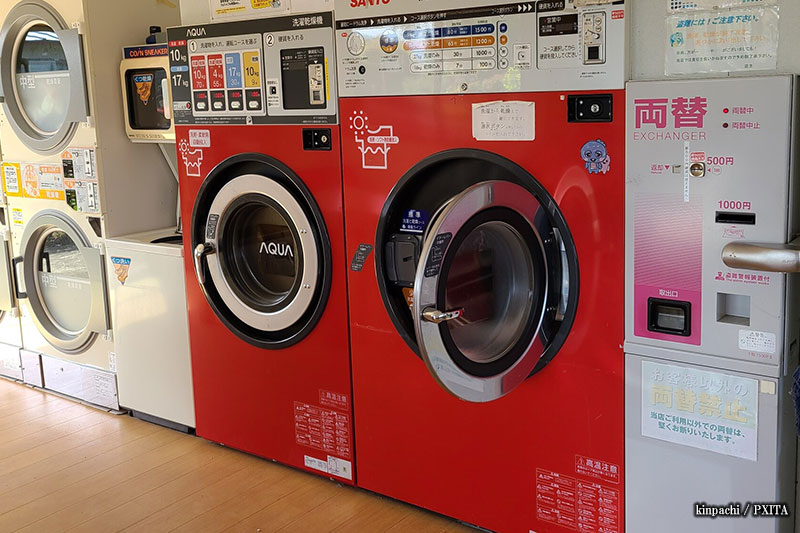
Photo for illustrative purposes
Step-by-step guide: from washing to drying
- Sort your laundry:
Just like at home, separate your clothes by color and fabric type. Check pockets before loading. - Choose a machine:
Find an available washer or washer-dryer combo that fits your load size. - Load your clothes:
Place your laundry inside the drum. Don’t overfill; leave space for the clothes to tumble. - Insert coins:
Check the machine’s instructions, often illustrated even if in Japanese. Insert the correct number of 100 JPY coins. Use the ryōgaeki, if needed. - Select cycle (if applicable):
Some machines offer settings like hyōjun (standard, 標準), derikēto (delicate, デリケート), or oyu (hot water, お湯), and you can simply push the corresponding button. For combos, press the sentaku kansō (wash & dry, 洗濯乾燥) button. - Start machine:
Press the sutāto (start, スタート) button. The door will lock and the cycle will begin. - Wait for wash cycle to finish:
Wash cycles usually take 30–40 minutes. You can wait in the laundry or step out briefly for some fresh air. - Transfer to dryer (if not a combo):
When the wash is done, move your clothes into an empty dryer. - Insert coins for dryer:
Dryers usually cost 100 JPY for 6–10 minutes. Start with 300–400 JPY and add more if needed. It’s better to top up gradually than to overpay. - Start dryer:
Close the door firmly and press Start. - Monitor and extend drying:
If your clothes are still damp, add more coins and restart the dryer. - Collect your clean laundry:
Once dry, promptly remove your clothes to make room for others. Many laundries provide tables to fold clothes for your convenience.
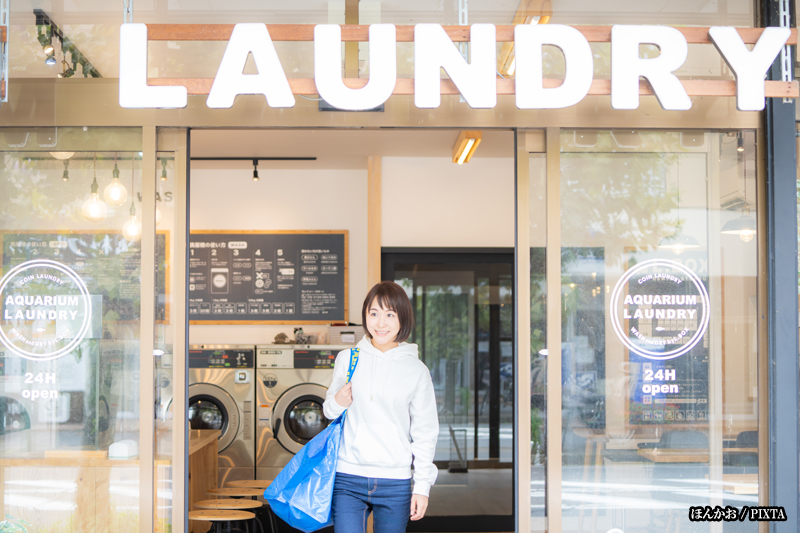
Photo for illustrative purposes
Common signs and phrases translated
Here are some common signs and phrases to recognize, in addition to the ones alraedy introduced above.
- Senzai (detergent, 洗剤)
- Jūnan-zai (fabric softener, 柔軟剤)
- Ichiji-teishi (pause, 一時停止)
- Shūryō (finish / end, 終了)
- Shiyōchū (in use, 使用中)
- Aki (available / empty, 空き)
- Tōnyū-guchi (coin slot, 投入口)
- Osatsu (banknotes / bills, お札)
Final thoughts: Enjoy stress-free laundry during your Japan trip
Using a Japanese coin laundry is an easy and affordable way to keep your clothes fresh while traveling. It might feel unfamiliar at first, but clean facilities and simple machines make the process quick and stress-free. Just bring enough 100 JPY coins, know how to operate the machines, and follow local etiquette. This way, laundry won’t slow you down, and you can focus on enjoying your trip.






